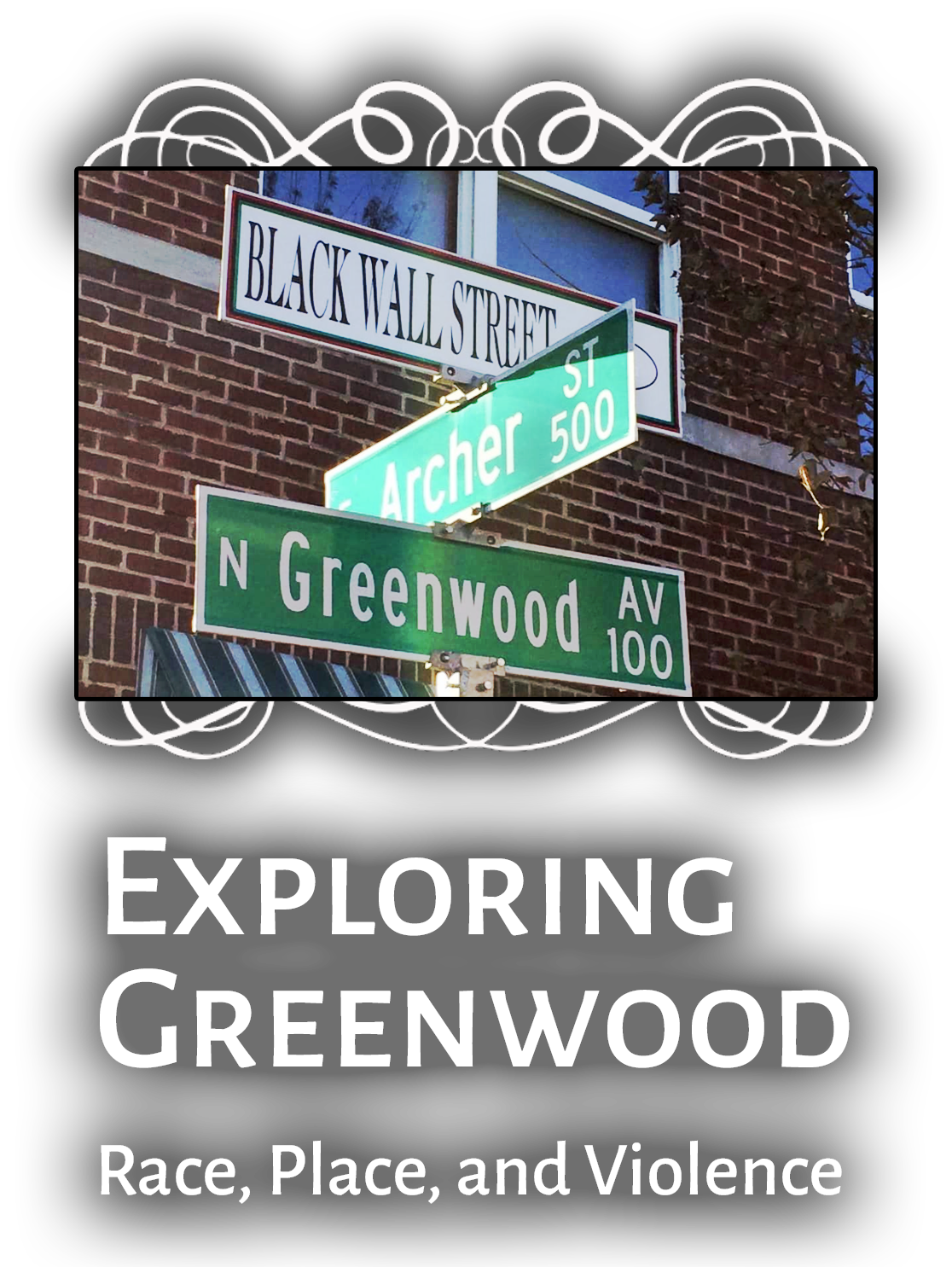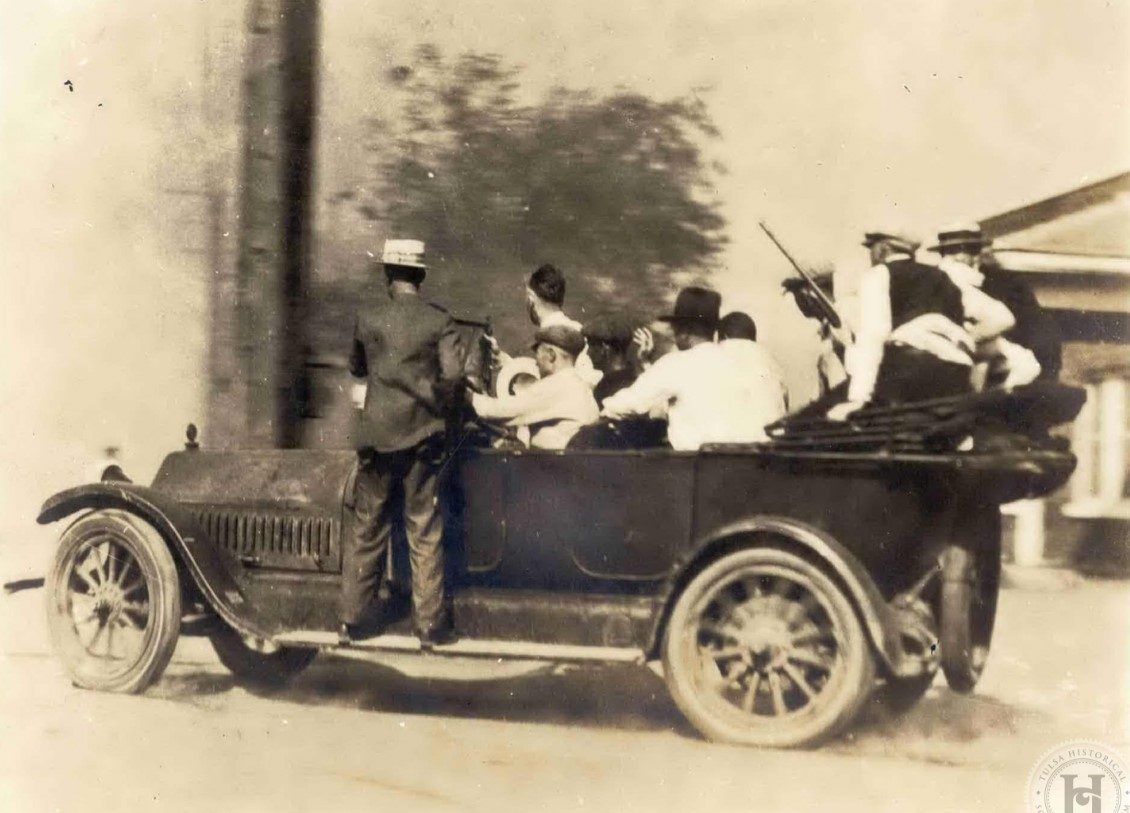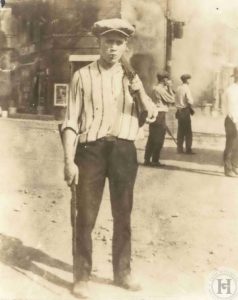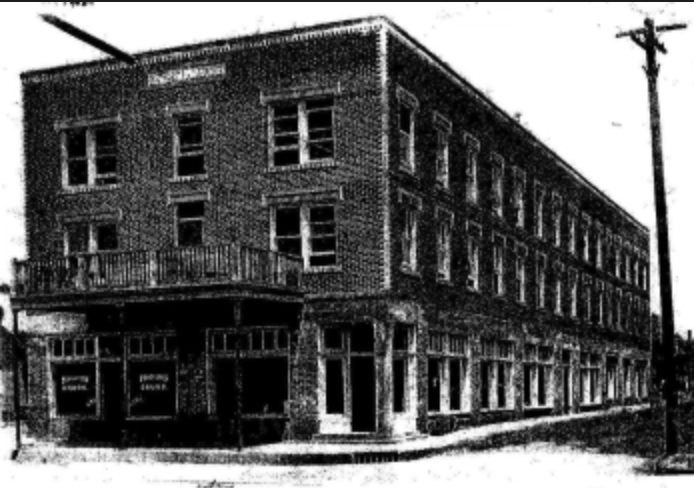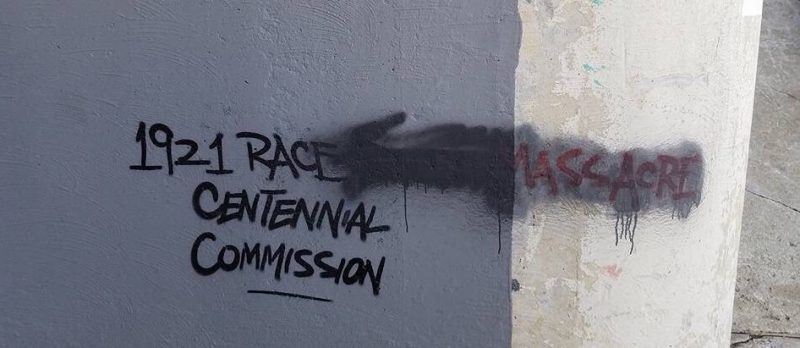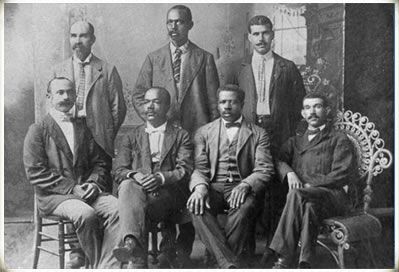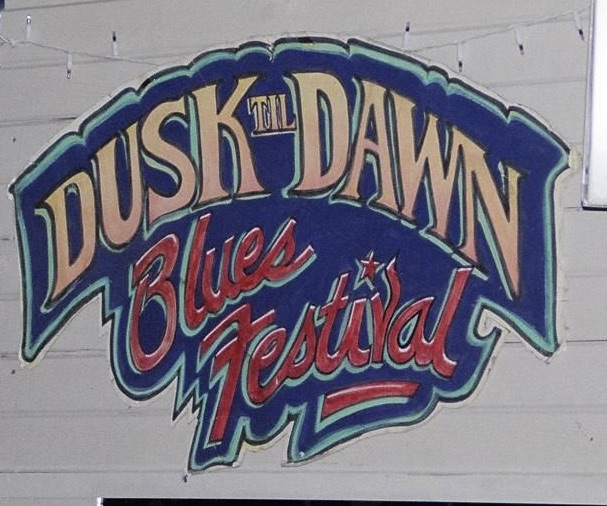Most of us in America believe ourselves to be good people, yet our country’s history is marred by consistent acts of racial violence and terrorism like the Tulsa Massacre. How can we reconcile our moral self-conception with the reality of our violent past? In this episode we look to the historical record for clues about how white understandings of sociality and identity led to one of the most devastating massacres in American history. We’ll also look for insights from modern scholarly research into how people’s racial ideas influence and are influenced by cultural forces as we grapple with a tough question:
How and why might modern, moral Americans be reproducing racial violence today, possibly without even realizing it?
Sources
- Alexander, Charles C. 1995. The Ku Klux Klan in the Southwest. Oklahoma paperbacks ed. Norman: University of Oklahoma Press.
- Arendt, Hannah. 2006. Eichmann in Jerusalem: A Report on the Banality of Evil. Penguin Classics. New York, N.Y: Penguin Books.
- Bonilla-Silva, Eduardo. 2018. Racism without Racists: Color-Blind Racism and the Persistence of Racial Inequality in America. Fifth edition. Lanham: Rowman & Littlefield.
- Chang, David A. 2010. The Color of the Land: Race, Nation, and the Politics of Landownership in Oklahoma, 1832-1929. Chapel Hill, N.C: University of North Carolina Press.
- Chomsky, Noam, and George Yancy. 2015. Noam Chomsky on the Roots of American Racism. The New York Times. https://chomsky.info/20150318/.
- Ellsworth, Scott. 1982. Death in a Promised Land: The Tulsa Race Riot of 1921. Baton Rouge London: Louisiana State University Press.
- Gates, Henry Louis. 2019. Stony the Road: Reconstruction, White Supremacy, and the Rise of Jim Crow. New York: Penguin Press.
- Greenwood, Ronni Michelle. 2015. “Remembrance, Responsibility, and Reparations: The Use of Emotions in Talk about the 1921 Tulsa Race Riot: Remembrance, Responsibility, and Reparations.” Journal of Social Issues 71 (2): 338–55. https://doi.org/10.1111/josi.12114.
- Gunn, Gregory R., and Anne E. Wilson. 2011. “Acknowledging the Skeletons in Our Closet: The Effect of Group Affirmation on Collective Guilt, Collective Shame, and Reparatory Attitudes.” Personality and Social Psychology Bulletin 37 (11): 1474–87. https://doi.org/10.1177/0146167211413607.
- Halliburton, R. 1975. The Tulsa Race War of 1921. San Francisco: R and E Research Associates.
- Hirsch, James S. 2002. Riot and Remembrance: The Tulsa Race War and Its Legacy. Boston: Houghton Mifflin.
- Kachanoff, Frank. Personal interview. 20 April 2021.
- Karatzas, Konstantinos D. 2018. “Interpreting Violence: The 1921 Tulsa Race Riot and Its Legacy.” European Journal of American Culture 37 (2): 127–40. https://doi.org/10.1386/ejac.37.2.127_1.
- “Lynching in America: Confronting the Legacy of Racial Terror.” 2017. 3rd Edition. Equal Justice Initiative. https://lynchinginamerica.eji.org/report/.
- Messer, Chris M., and Patricia A. Bell. 2010. “Mass Media and Governmental Framing of Riots: The Case of Tulsa, 1921.” Journal of Black Studies 40 (5): 851–70. https://doi.org/10.1177/0021934708318607.
- Mitchell, Koritha. 2018. “Identifying White Mediocrity and Know-Your-Place Aggression: A Form of Self-Care.” African American Review 51 (4): 253–62. https://doi.org/10.1353/afa.2018.0045.
- Unzueta, Miguel M., and Brian S. Lowery. 2008. “Defining Racism Safely: The Role of Self-Image Maintenance on White Americans’ Conceptions of Racism.” Journal of Experimental Social Psychology 44 (6): 1491–97. https://doi.org/10.1016/j.jesp.2008.07.011.
Photos courtesy of the Tulsa Historical Society and Museum.
